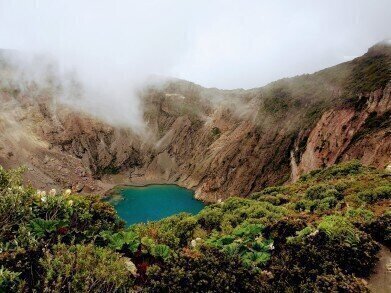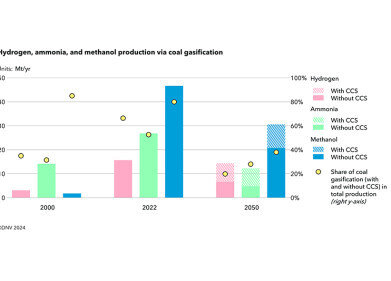Green Energy
How is Costa Rica Sets Sights on 100% Renewable Energy?
Apr 09 2015
Costa Rica is known for its natural beauty; a small Latin American paradise made up of fewer than 20,000 square miles of mountains, volcanoes, white sandy beaches and dense forest. It also boasts a vast array of plants and animals, and while the country only had around 0.1% of the world’s landmass, it houses an impressive 5% of the world’s biodiversity.
Costa Rica’s commitment to environmentalism and ecology recently made headlines and put countries around the world to shame as the Costa Rican government revealed the country had been running on 100% renewable energy every day since the start of 2015. Every plug socket in every house, every computer in every government building, and every light in every shop was powered by clean, renewable energy.
How did Costa Rica achieve 100% renewable energy use?
Living up to its name as the ‘Rich Coast’, Costa Rica is home to a rich and diverse landscape – rainfall from the hills is collected in dams for hydroelectric power, and active volcanoes have been tapped for geothermal energy. At present, 4/5ths of the renewable energy is harnessed from hydroelectric technology – and the country has higher than average rainfall in recent months to thank for this.
As rainfall in the region is unpredictable at the best of times, Costa Rica has diversified their sources and also generates power from geothermal features – active volcanoes. The country also counts on wind, biomass and solar energy plants to help them along in their record-breaking feat. As a result of these changes, energy prices in the country are expected to fall anywhere between 7% and 14% in the coming months.
Why isn’t everyone doing this?
Costa Rica is in a unique position in that it is a relatively small and less developed country. The population is only around 4.5million, and the country isn’t reliant on manufacturing or heavy industry. The countries main industries are farming, pharmaceuticals and software development, so it is much less power-hungry than other countries of a comparable size.
Another point of contention is that the country is still heavily reliant on petroleum for transport, and this is unlikely to change any time soon. It has also been revealed that petroleum makes up 70% of the countries CO2 emissions, so it’s looking unlikely that the country will reach its target of being carbon neutral by 2021. Adding insult to injury, it would seem that the increase in rainfall at the start of the year that lead to this momentous occasion was likely caused by climate change, as rainfall has become more unpredictable.
Unfortunately for policy makers in the rest of the world, it would seem that Costa Rica’s achievement of powering the country entirely by renewable sources, though admirable, couldn’t be easily replicated elsewhere in the world. However, that’s not to say other countries shouldn’t be following their lead, as Costa Rica has made important steps towards creating a sustainable power source without sacrificing the natural environment.
More from Costa Rica
Costa Rica’s capital is home to the country’s largest wastewater plant. The contract to design and build the Los Tajos wastewater treatment plant has been signed by Acciona Agua. The firm operates on five continents, and describes itself as concentrating on "water treatment and reverse osmosis desalination, a technology in which it is the world leader". For more information, read: Costa Rica's biggest wastewater plant to be built by Acciona.
Events
May 05 2024 Seville, Spain
May 13 2024 Munich, Germany
May 23 2024 Beijing, China
May 23 2024 Beijing, China
Jun 10 2024 Algiers, Algeria














